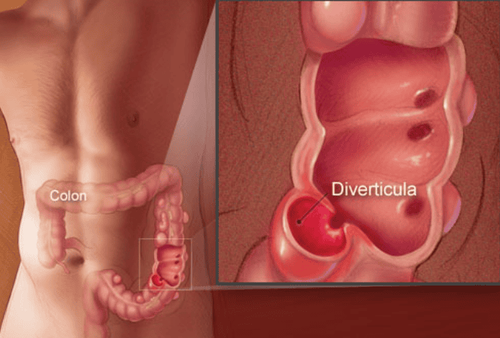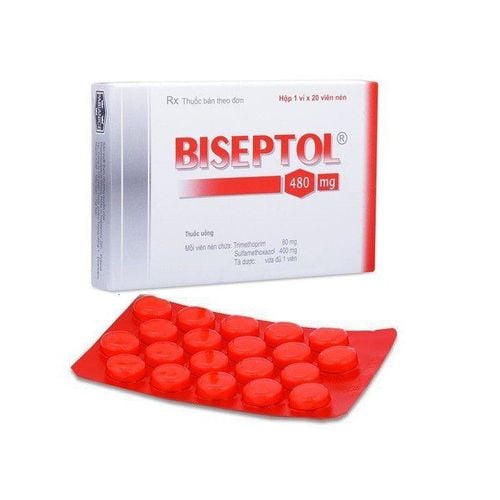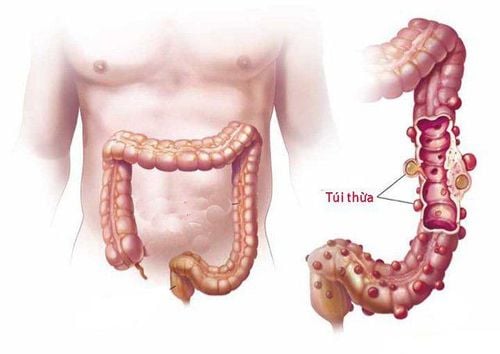This is an automatically translated article.
The article is professionally consulted by Master. BSCK II Phan Thi Minh Huong - Gastroenterologist - Department of Medical Examination & Internal Medicine - Vinmec Da Nang International General Hospital.The small intestine is part of the digestive system, it connects the stomach and large intestine. Anatomically, the small intestine is divided into three parts: the duodenum, the jejunum, and the ileum. The jejunum helps to digest more food from the stomach down, and at the same time absorb nutrients from the food.
1. What is the jejunum?
The jejunum is the middle part of the small intestine, it is located between the duodenum (first part of the small intestine) and the ileum (last part of the small intestine). The small intestine is part of the digestive system, it plays an important role in digesting food and absorbing nutrients. The small intestine extends from the pyloric sphincter of the stomach to the ileal valve connecting the small intestine to the large intestine.2. Structure of the jejunum
The jejunum begins at the duodenojejunal junction (duodenojejunal inflection point) and ends at the ileum junction. Unlike the junction between duodenum and jejunum, the boundary between jejunum and ileum is not clear.The jejunum together with the ileum is about 6m long, the diameter decreases from top to bottom, the diameter at the beginning of the jejunum is 3cm, and at the end of the ileum is 2cm.
The jejunum and ileum are rolled up into U-shaped coils called loops, totaling about 14-16 loops of intestine. The first bowel loops are horizontal, the last bowel loops are vertical.
The jejunum is red due to the large number of blood vessels that supply and nourish it. It is supported and held in place in the peritoneal cavity by another organ called the mesentery.
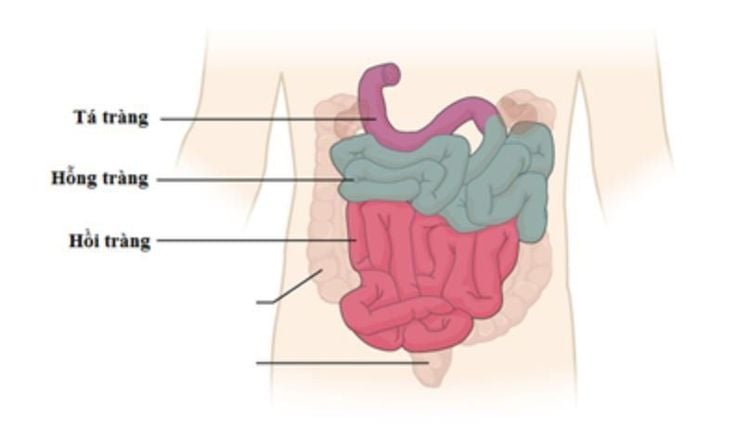
Vị trí của hỗng tràng trong hệ tiêu hoá
Serous layer Subserosal layer Muscle layer Submucous layer Mucous layer The mucosal layer has a structure that helps Optimize the absorption of nutrients:
Folds: are special ridges on the mucosal surface of the small intestine, it helps to increase the surface area of the intestinal wall. These folds also help direct and slow the passage of food through the small intestine, which allows for the most efficient absorption. Villi: located on the folds of the mucosa, cylindrical in shape with a length of about 1 mm. It looks like tiny hairy gums, which help increase the surface area of the small intestine to absorb nutrients. The villi contain small blood vessels, called capillaries, that allow nutrients such as sugars, amino acids, etc. to be absorbed directly into the bloodstream.
Microvilli: True to its name, microvilli are even smaller than villi. They are small fibers on the surface of cells on the lining of the small intestine. Each square millimeter in the jejunum in particular and the small intestine in general has about 200 million microvilli. Enzymes on the surface of the microvilli can help digest extra sugars and amino acids.
3. Function of the jejunum
Food after being mixed in the stomach will go to the small intestine. As it passes through the duodenum, food is mixed with pancreatic enzymes and bile produced by the liver before entering the jejunum.The jejunum only accounts for about 2/5 of the length of the small intestine, but it performs an important function that is:
Helps digest more food from the stomach down.
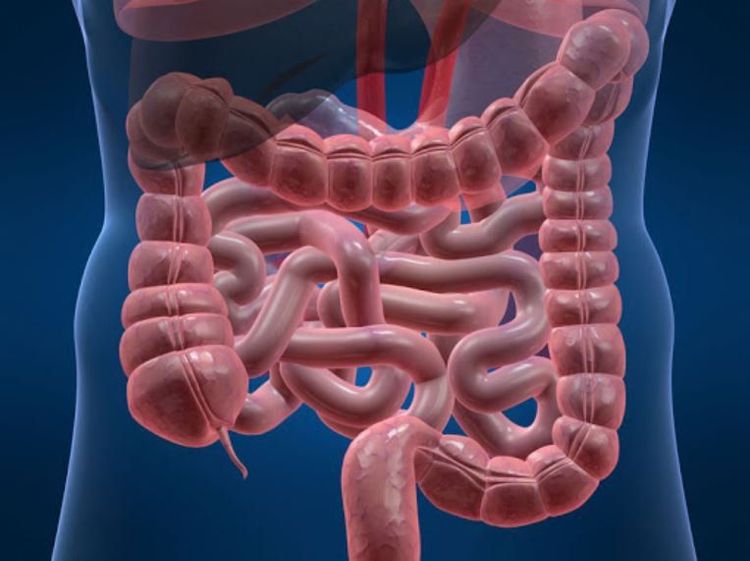
Hỗng tràng chiếm khoảng 2/5 chiều dài ruột non
4. Diseases related to the jejunum
4.1. Ileitis Inflammation of the ileum is often associated with Crohn's disease.Ileitis often has symptoms such as:
The patient has mild to severe abdominal pain. Patient feels cramping abdominal stiffness after meals. Diarrhea . Patients with ileitis are at risk of developing a fistula, which is an abnormal connection between two parts of the body. This can affect the absorption of nutrients or cause food and fluids from the small intestine to leak out, which is very dangerous.
Treatment of ileitis should focus on reducing inflammation and preventing complications such as fistulas. In addition, dietary changes also help reduce the symptoms of the disease.
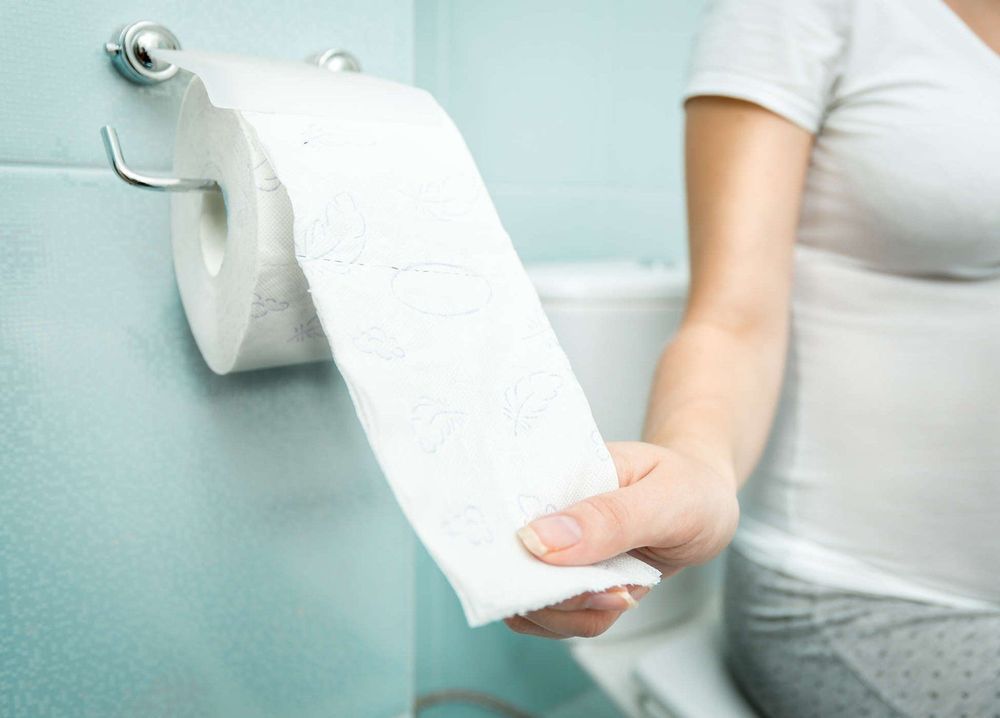
Viêm hỗng hồi tràng thường gây ra triệu chứng tiêu chảy ở người bệnh
This immune response leads to jejunitis, which causes a variety of symptoms, including:
Diarrhea Weight loss Nutritional deficiencies Anemia Dermatitis Herpetiformis: a type of rash, itchy skin. Treat celiac disease by eliminating all gluten-containing foods from your daily diet. Nutritional supplements such as iron, vitamin D and folic acid are also helpful in treatment.
4.3. Diverticulitis Diverticulitis are small sacs that form inside the wall of the digestive tract. When a diverticulum forms in the jejunum it is called a jejunal diverticulum. Multiple diverticula can form with different sizes ranging from a few millimeters to several centimeters.
Diverticulitis does not always cause symptoms, but some can be present, such as:
Periodic abdominal pain There is a noise in the abdomen Bloating Diarrhea Feeling fullness after eating, even if only a small amount has been eaten.
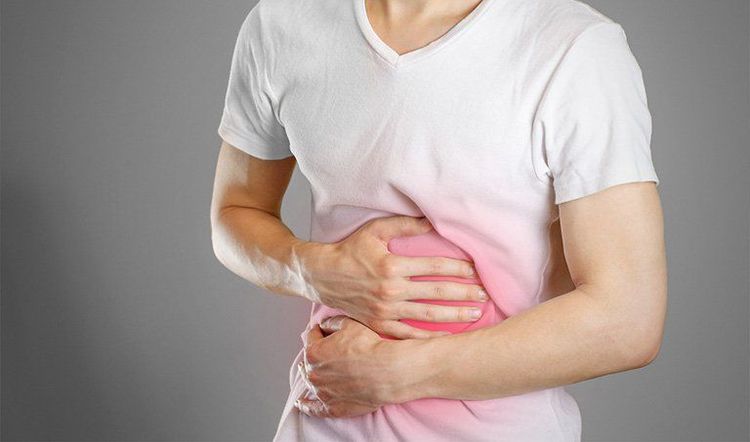
Viêm túi thừa hỗng tràng khiến người mắc gặp các cơn đau bụng theo chu kỳ
4.4. Jejunal atresia Jejunal atresia is a rare congenital condition that involves part or all of the mesentery, the organ that connects the small intestine to the abdominal wall. This causes the jejunum to twist around an artery that supplies blood to the intestines, leading to a bowel obstruction.
Symptoms of Jejunal atresia in infants can include:
Difficulty feeding Distended abdomen Vomiting bile Less bowel movements In some cases, this condition can be detected before birth through ultrasound when pregnant. After birth, the condition is diagnosed based on the notable clinical symptoms outlined above.
When an infant is diagnosed with Jejunal atresia, it is usually treated surgically shortly after birth. The outlook for treated infants is good, with survival rates reaching 90%.
Please dial HOTLINE for more information or register for an appointment HERE. Download MyVinmec app to make appointments faster and to manage your bookings easily.





